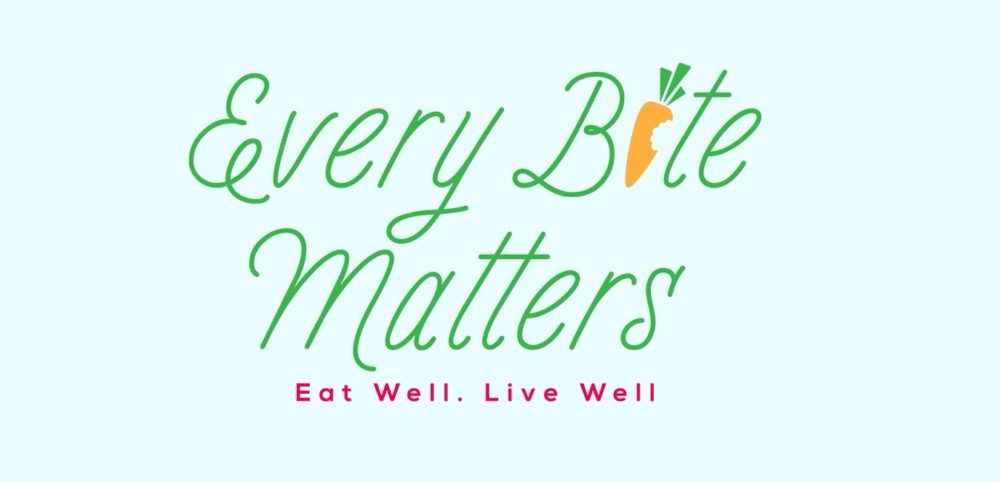When is the best time to start this plan?
NOW, but realistically, check your calendar and pick a week when you don’t anticipate any special events that involve a lot of foods. You can do this before the holidays to rejuvenate your liver and repeat it whenever you are feeling sluggish, lack of concentration, having skin breakout/acne/hyperpigmentation, having bad breath, brain fog, or just to kick start a long-term healthier lifestyle.
Add 1 good habit and abandon 1 bad habit from your lifestyle each day of the detox.
Day 1
✅ Limit your daily eating window to 12 hours. For instance, if you take your first bite of food at 9 am, you would finish your last bite of food of the day by 9 pm. During the fasting period, you can stay hydrated with water and consume unsweetened coffee/tea.
❌ Avoid Alcohol
Day 2
✅ Lose excess belly fat to lower inflammation and reverse liver damage. Get enough sleep and ramp up your workout: Exercise for 45-60 minutes most days of the week and be more physical active during the day.
❌Avoid added sugar or artificial sweeteners.
- ex. Diet/regular soda, sugary cereals, sugary yogurt, whipped cream, sweetened condiments such as some teriyaki sauce/spaghetti sauce/soy sauce/honey mustard/ketchup
Day 3
✅ Drink 1-2 cups of Detox juice a day:
- Combine 1 Tbsp apple cider vinegar + juice 1/2 lemon + ½ teaspoon of raw honey + 8 oz water and/or
- Juice 1 beet + 2 slices of ginger + 3 carrots
❌ Avoid refined carbs.
- ex. Bread, pasta, burger
Day 4
✅ Eat 1 serving of choline-rich food a day.
- ex. Egg, chicken, beef, broccoli, salmon
❌ Avoid refined oils.
- ex. soybean, safflower, vegetable, canola or sunflower oil
Day 5
✅ Aim for at least 3 cups of vegetables and 1 fruit a day.
❌ Avoid ultra-processed and packaged foods.
- ex. instant rices, instant noodles, cold cuts, ham, bacon, sausage, hot dogs, canned soups, frozen meals/pizza
Day 6
✅ Start your meal by eating half of the veggies> then protein + more veggies > finishing it with carbs.
❌ Avoid fried Foods.
- ex. French fries, donuts, falafel, churros, arancini, fried chicken, pakora, General Tso’s chicken
Day 7
✅ Practice food and lifestyle changes first, then consider supplements.
- Supplements for liver health: Milk thistle, Artichoke, Dandelion Root, Curcumin, Vitamin D3, Resveratrol.
❌ If you have liver disease, stay away from raw or undercooked shellfish.
- ex. Oysters, calms
Related
💚 Learn how to create/order balanced meals at home or in the restaurants
💚 Are your supplements safe?



